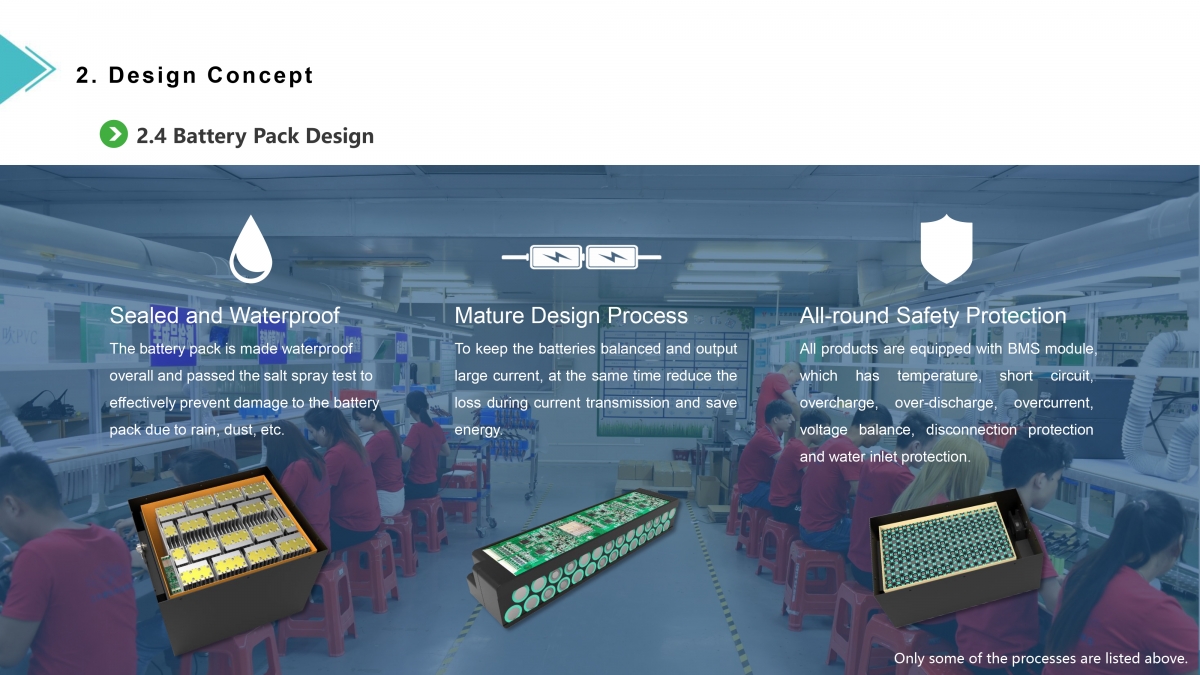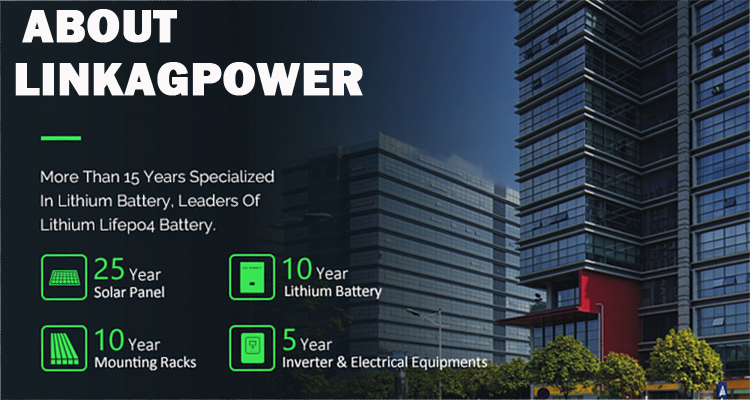- 30
- Nov
Metodo di bilanciamento della carica della batteria attivo per il pacco batteria al litio
Active charge balance method analysis
The Automotive Systems Engineering Department of Munich-based Infineon Technologies recently received an assignment to develop electric vehicles. An electric vehicle is a drivable vehicle, which is of great significance for demonstrating the electric performance of hybrid electric vehicles. The car will be powered by a large lithium battery pack, and the developers understand that a balanced battery is necessary. In this case, you need to choose automatic energy transfer between batteries instead of the traditional simple charge balancing method. The self-charge balancing system they developed can provide superior functions at the same cost as the mandatory plan.

Battery structure
Ni-Cd and Ni-MH batteries have dominated the battery market for many years. Although the 18650 lithium battery is a product that has only recently entered the market, its market share is rising rapidly due to the substantial improvement in performance. The storage capacity of lithium batteries is impressive, but even so, the capacity of a single battery is insufficient for voltage or current to meet the needs of a hybrid engine. Multiple batteries can be connected in parallel to increase battery power supply current, and multiple batteries can be connected in series to increase battery power supply voltage.

Gli assemblatori di batterie usano spesso acronimi per descrivere i loro prodotti di batterie, come 3P50S, che significa un pacco batteria composto da 3 batterie parallele e 50 batterie in serie.
The modular structure is ideal for handling batteries, including multiple series of battery cells. For example, in the 3P12S battery array, every 12 battery cells are connected in series to form a block. These batteries can be controlled and balanced by an electronic circuit centered on a microcontroller.
The output voltage of the battery module depends on the number of batteries connected in series and the voltage of each battery. The voltage of a lithium battery is generally between 3.3V and 3.6V, so the voltage of the battery module is approximately between 30V and 45V.
L’alimentazione ibrida è alimentata da un alimentatore CC da 450 volt. Per compensare la variazione di tensione della batteria con lo stato di carica, è opportuno collegare un convertitore DC-DC tra il pacco batterie e il motore. Il convertitore limita anche l’uscita di corrente del pacco batteria.
In order to ensure that the DC-DC converter works in the best condition, the battery voltage must be between 150V ~ 300V. Therefore, 5 to 8 battery modules are needed in series.
the need for balance
When the voltage exceeds the allowable limit, the lithium battery is easily damaged (as shown in Figure 2). When the voltage exceeds the upper and lower limits (2V for nano-phosphate lithium batteries, 3.6V for the upper limit), the battery may be irreparably damaged. As a result, at least the self-discharge of the battery is accelerated. The output voltage of the battery is stable in a wide state of charge (SOC) range, and there is almost no risk of voltage exceeding the standard within a safe range. But at both ends of the safe range, the charging curve is relatively steep. Therefore, as a preventive measure, it is necessary to closely monitor the voltage.
Se la tensione raggiunge un valore critico, il processo di scarica o carica deve essere interrotto immediatamente. Con l’aiuto di un robusto circuito di bilanciamento, la tensione della relativa batteria può essere riportata su una scala sicura. Ma per fare ciò, il circuito deve essere in grado di trasferire energia tra le celle quando la tensione di una cella inizia a differire dalla tensione delle altre celle.
metodo di bilanciamento della carica
1. Traditional mandatory: In a typical battery handling system, each battery is connected to a load resistor through a switch. This forced circuit can discharge individually selected batteries. However, this method can only be recharged to suppress the voltage rise of the strongest battery. In order to limit power consumption, the circuit usually only allows discharge at a small current of 100 mA, which results in a charge balance that takes several hours.
2. Automatic balancing method: There are many automatic balancing methods related to materials, all of which require an energy storage element to carry energy. If a capacitor is used as a storage element, connecting it to any battery requires a large array of switches. A more effective method is to store energy in a magnetic field. The key component in the circuit is the transformer. The prototype was developed by the Infineon development team in cooperation with Vogt Electronic Components Co., Ltd. Its functions are as follows:
A. Trasferire energia tra le batterie
Connect the voltage of multiple cells to the base voltage of the ADC input
The circuit uses the principle of a reverse scan transformer. This transformer can store energy in a magnetic field.
